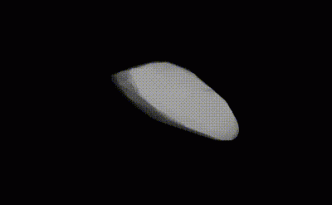
Almahata Sitta, polymict breccia
2008 TC3 was a roughly 80 tonne, ~4.1 meter diameter asteroid discovered by the Catalina Sky Survey on October 6, 2008: …

2008 TC3 was a roughly 80 tonne, ~4.1 meter diameter asteroid discovered by the Catalina Sky Survey on October 6, 2008: …
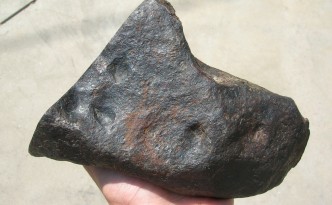
Meteoritical Bulletin entry for Aldama (a). This iron’s medium-octahedral structure has been partly recrystallized by natural or artificial heating. This resulted in …
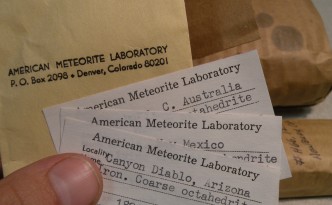
This lot of three specimens came from an estate sale in a small town in Southern Alaska. They were kept safely in …
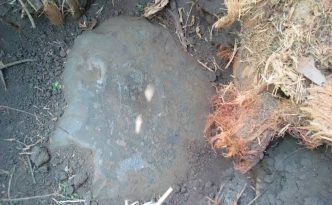
In the afternoon of April 19, 2018, a flash of light and deafening roar startled the residents of Southwestern Nigeria. There were …
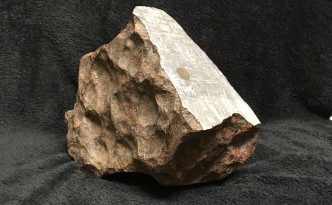
21.45 kilogram main mass. Photos by Marlin Cilz.
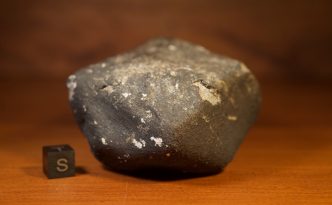
On November 20, 2016, a bright daytime fireball split the sky above Aiquile, Bolivia. A local named Hugo Cardona quickly snagged a …
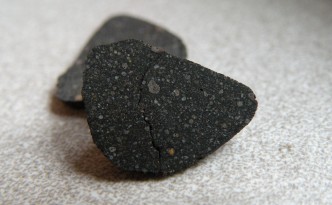
CAIs. Calcium aluminum inclusions. What’s so special about them and why do people who study meteorites talk about them so much? Well, …
From the chondrite information page, the petrographic classification scheme works kind of like this: completely altered by water into clay (no known …
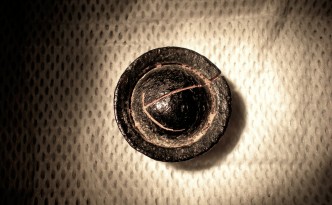
At 6.1 grams, this is one of the larger complete examples I have seen. It exhibits wonderful contraction cracking and a very …
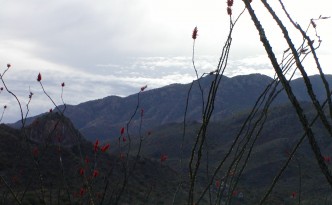
Here are some photos from a 2003 expedition to Arispe. Unfortunately, we didn’t find any meteorites, but it was a memorable trip, …
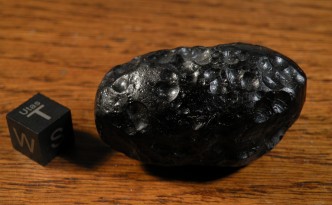
This bediasite was reportedly found several decades ago, and it tips the scale at 49.2 grams. It comes via Mr. and Mrs. …
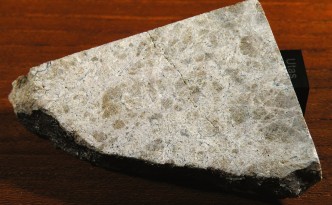
The Bilanga diogenite fell on October 27, 1999 into and between the villages of Bilanga-Yanga and Gomposago, in Burkina-Faso. The fall was …
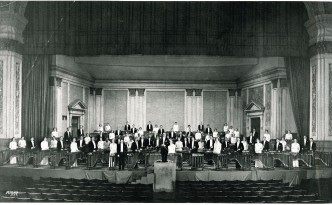
Clair Omar Musser was the world’s most famous marimba player from ~1930 until ~1960, when the instrument’s popularity waned. His eclectic career …
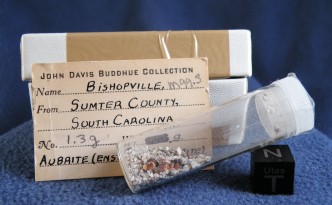
Bishopville was the first meteorite acquired by Charles Upham Shepard, an important early American meteoriticist and collector. Dr. H. H. Nininger compiled …
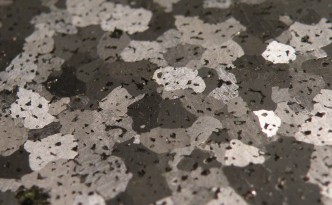
The story of the Bondoc mesosiderite is a remarkable one. A direct transcription from H. H. Nininger’s Find a Falling Star follows. …
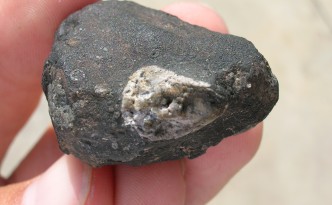
Allende is one of the largest recovered falls of the 20th century, and also one of the most scientifically important and researched. …
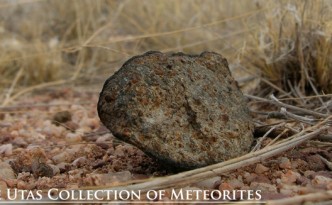
We started collecting meteorites in the summer of 1998. Within a few years, we came to notice an event that kept recurring: …
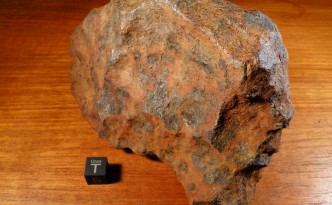
The Boxhole meteorite crater is ~170 meters in diameter, and is a very well-preserved impact, supposedly dating to only around 5,500 years …
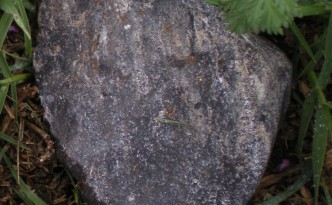
For the story behind the stones, click here.
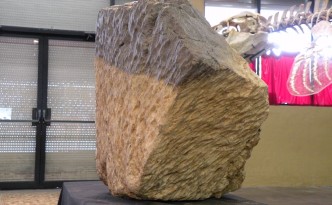
This 205 kilogram (451 pound) stone was found ~25 kilometers North of Bir Lehlou, in Western Sahara. It is the ~ninth largest …
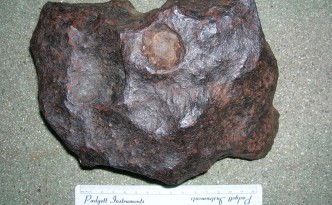
We wrote the Meteoritical Bulletin write-up for this iron; I can’t think of anything else to add. In short, it’s ~similar to …
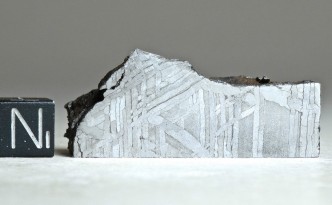
Bur-Abor is a special one for us. Some ten or fifteen years ago, we emailed Eric Twelker about a few Bur-Abor specimens …
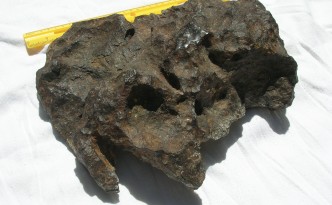
The recovery of Burns is described succinctly in its Meteoritical Bulletin write-up: The recovery of the meteorite was described in more detail …
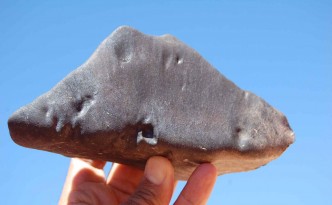
Breja is an odd fall that somehow escaped publication despite having a known find location, known fall date, and a fairly large …
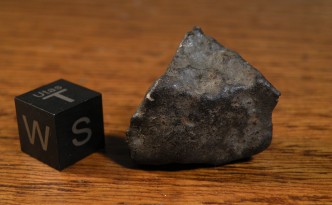
Bruderheim’s arrival to Earth was a spectacular event. A complete account of the fall and its recovery can be seen here: The …
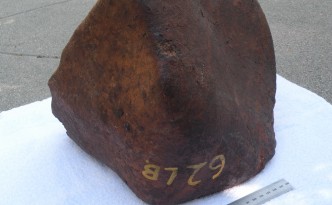
Meteoritical Bulletin entry for Bunker Hill. Robert Haag said that the stone had been found by a scrap collector among the ruins …
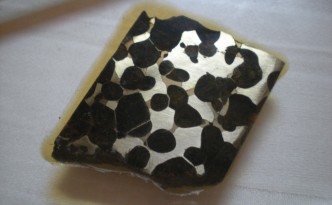
There’s not much on Brenham in the Meteoritical Bulletin, but I was able to track down this paper describing the excavation of …
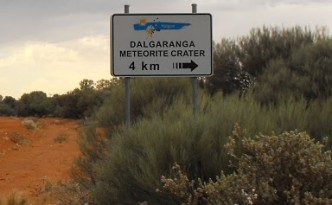
The Dalgaranga crater was first described in 1938 by E.S. Simpson. It had been discovered by a local rancher some fifteen years …
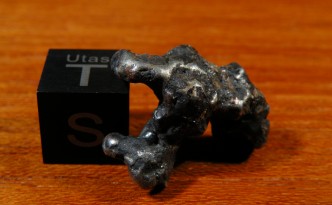
Estherville produced one of the most spectacular bolides in recorded history when it tore its way through Earth’s atmosphere above Iowa in …
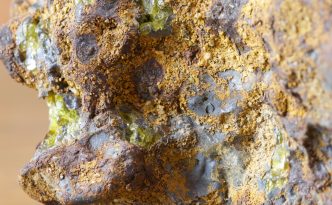
The Imilac pallasite was known to native peoples in the region for hundreds of years. It was first brought to the attention …
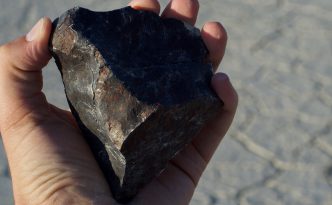
Here is an assortment of photos of meteorites found, mostly on dry lake beds, from California, Nevada, and Arizona. Some cold finds …
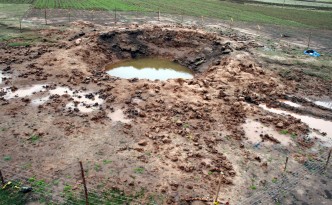
The Carancas meteorite violently exploded when it made landfall just south of Lake Titicaca on September 15, 2007. It is one of …
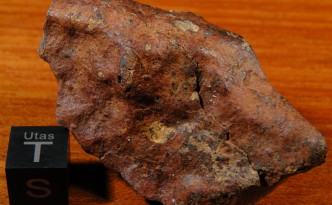
I don’t have much information on this rare find beyond the original Meteoritical Bulletin No. 37, and there’s not much there: Here’s …
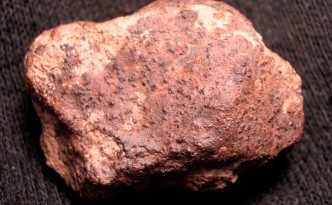
This strewn field from New Mexico was discovered in the late 1970s. The total known weight is just a few kilograms, and …
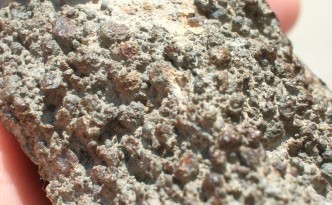
This meteorite has several pairings with classifications including: CV3, CK3, and C3-ungrouped. DaG 978 is officially published as a C3-ungrouped carbonaceous chondrite. …
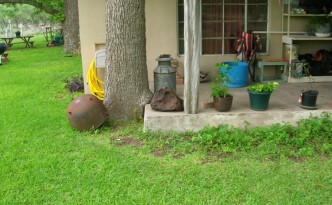
Here are some photos from our trip to pick up Camp Wood, a 326 lb. iron meteorite found near the town of …

Chondrites are the most primitive group of meteorites. They have formation ages dating to at least 4.56 billion years before the present, …
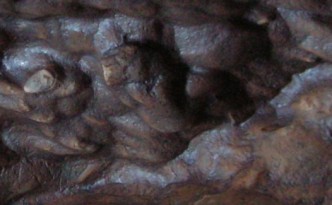
Iron meteorites can be divided into two main groups: those that formed in the cores of large differentiated bodies, and those that …

Achondrites are a very diverse goup of meteorites representing a wide range of developmental processes in the Solar System. Some have crystallization …
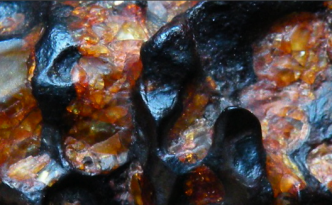
Stony-iron meteorites are divided into two semi-related groups: mesosiderites and pallasites. Mesosiderites are a somewhat enigmatic group of generally metal-rich meteorites that have an origin …
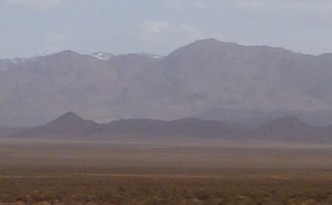
Hunting for meteorites is fun, and just about anyone can do it. How do you start? Learn about rocks first. Just rocks. …
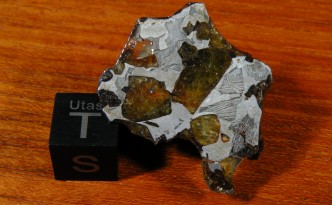
Marjalahti is one of four witnessed pallasite falls as of 2014. The only work I was able to find that thoroughly described …
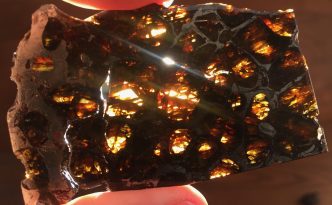
From O. C. Farrington’s 1915 Catalogue of the Meteorites of North America, to January 1, 1909. Despite its rather large total known …
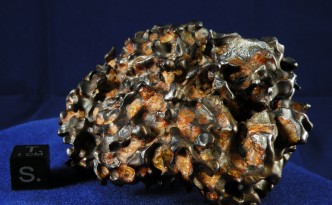
This pallasite weighs 271 grams. We have no plans to cut or analyze it, so it will probably remain provisional.
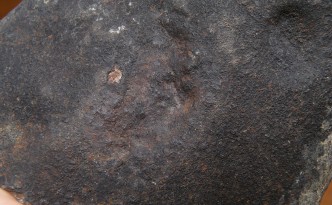
This stone was one of the larger attractions at the Tucson Gem and Mineral Show of 2014. Hundreds of kilograms were present, …
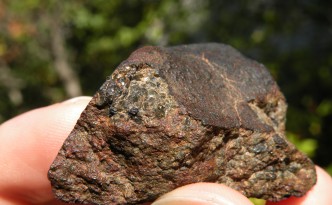
Here’s a beautiful, fresh mesosiderite with huge olivine crystals. 52.2 grams.
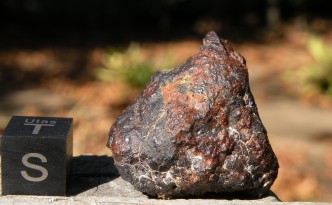
Here’s another new mesosiderite from the Sahara. 20.5 grams.
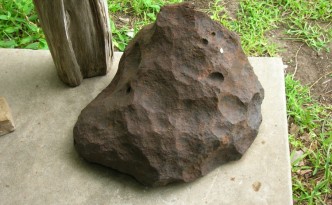
I don’t have much to add to the Bulletin description of this iron. As of 2016, Camp Wood is the largest iron …
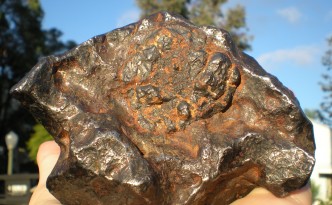
Meteor Crater is one of the most famous impact craters on Earth. Between 25,000 and 50,000 years ago, an 80 – 120 …
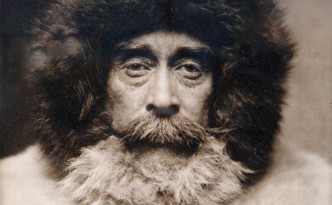
Cape York is one of the largest known meteorites, with a very colorful history. The first reports in literature emerged in the …
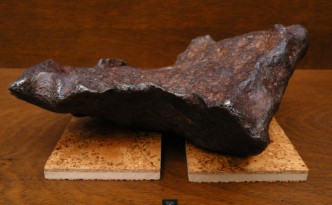
From Grady’s Catalogue of Meteorites (2000): Buchwald’s Handbook of Iron Meteorites contains a description of the find: Roy A. Gallant further described …
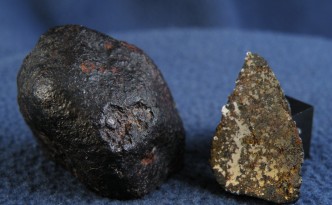
This cute stone doesn’t have a texture that resembles any other Northwest African mesosiderites I’ve seen. It’s also one of the least-weathered. …
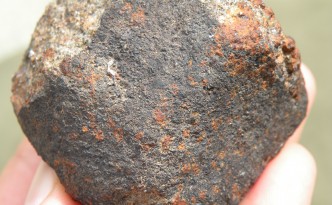
This find consisted of a fresh, oriented 331 gram mostly complete stone. Abundant olivine and pyroxene crystals are visible on the surface, …
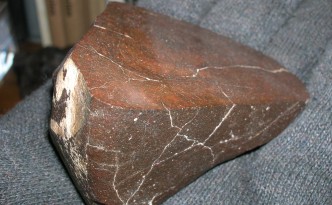
From the Meteoritical Bulletin: Given the published data and the fact that the average chondrule diameter of this stone is 100 – …
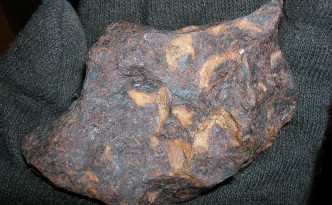
There’s not much online about this Texan find; the Bulletin contains scant information, and I couldn’t find any papers describing the discovery. …
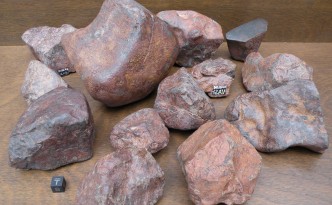
Dimmitt is one of the largest meteorites known from North America; hundreds of kilograms of fragments and individuals have been recovered from …
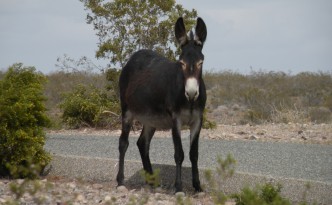
The El Burro meteorite is a historic find from a very remote area of Coahuila, Mexico. The region is still almost completely …
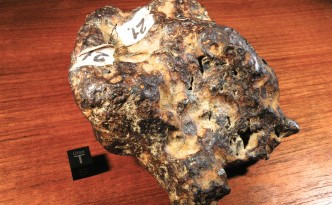
The Seymchan meteorite was discovered in 1967: Buchwald described the recovery of the first specimens: Since then, many meteorites have been recovered …
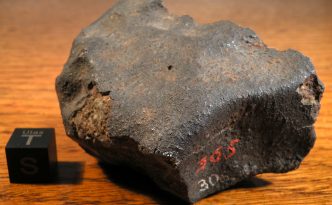
Forest City was a seminal American fall, studied by some of America’s earliest meteoriticists. A detail of note regarding this fall: a …
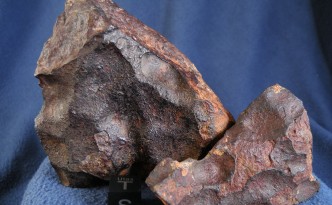
Forrest (b), later named Forrest 002, was found in October of 1980. I wasn’t able to track down information beyond the scant …
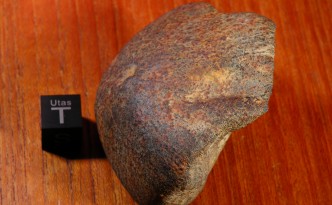
On March 5th, 1960, stones fell amongst the rooftops of several villages near Burkina Faso’s border with Ghana. Sonic effects were heard …
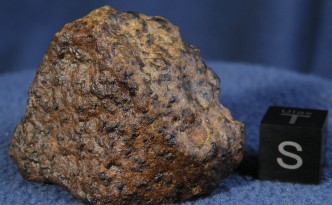
These stones are paired with DaG 476 et al. Many classified and unclassified stones have come from the region. They are olivine-phyric …
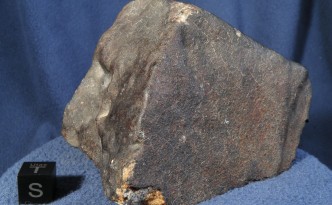
Gashua was witnessed to fall in Nigeria in April, 1984. I don’t have much to add to the Meteoritical Bulletin write-up. At …
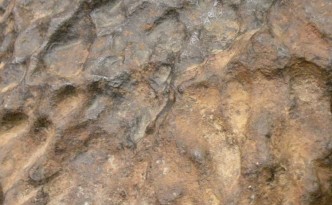
Gibeon was first documented by European explorers/colonists circa 1836, however, as with many iron meteorites, the odd chunks of extraterrestrial metal appear …
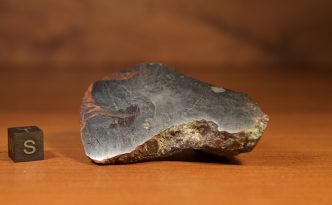
This mostly oxidized iron meteorite was found in a Cenozoic bauxite deposit during mining at the Nabalco Bauxite Mine in 1966. It …
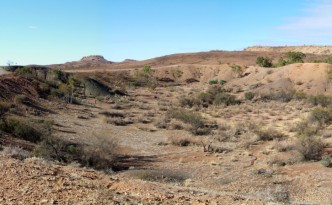
The meteorite craters at Henbury, Central Australia, by Arthur Richard Alderman, 1932. 27 grams, Ward’s Natural Science Establishment label. ~3 kilograms of …
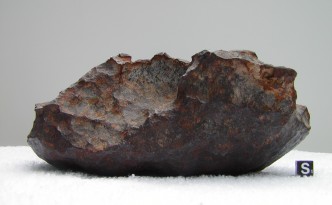
This “extremely heavy rock” was found by Francisco Arce Arce in 1971. It was discovered in Baja California along a burro trail …
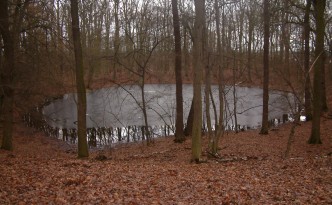
There is far more to say about Morasko than I can include here. In brief, the fall occurred between 5,000 and 5,500 …
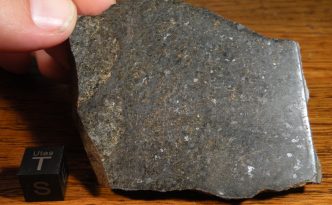
Vaca Muerta is a mesosiderite: a stony-iron meteorite characterized as a mixture of core, mantle, and crustal material, all mixed together by …
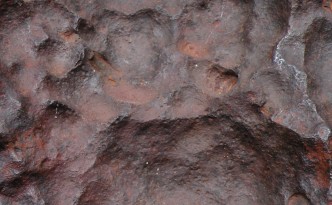
The first mass of Mount Dooling was recovered in 1909; it weighed 31.3 kilograms. I wasn’t able to track down Simpson’s 1911 …
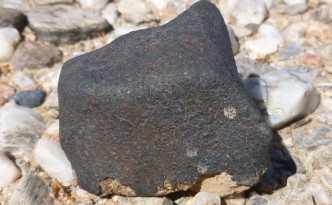
From the Meteoritical Bulletin: We spent a few days in the area in the summer of 2013, but didn’t have access to …
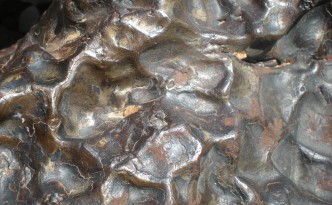
Ziz, otherwise known as Northwest Africa 854, is a beautifully fresh iron meteorite from Algeria. It is chemically similar to Canyon Diablo, …
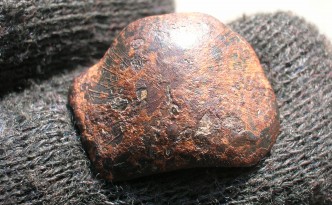
Meteoritical Bulletin entry for Taza. Long story short, it’s an ungrouped iron with a germanium content an order of magnitude or so …
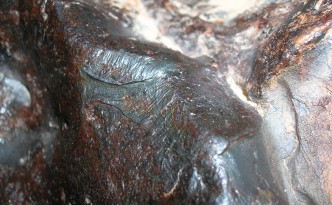
I’ve been told that Tafrawet (NWA 860) was a stunning 32 kilogram iron. The 3 kilogram end-cut pictured below certainly suggests as …
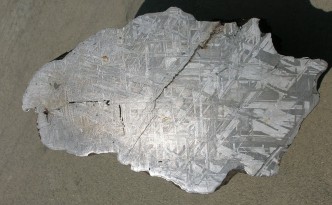
Tata, otherwise known as NWA 1430, consisted of a single 113 kilogram iron meteorite that was, honestly, pretty ugly. It had been …
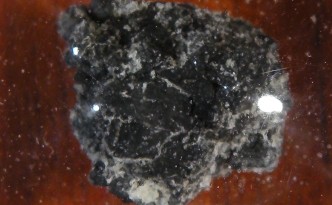
Type-1 chondrites are fairly rare, partly because they are so fragile. Atmospheric entry often results in very high mass loss for these …
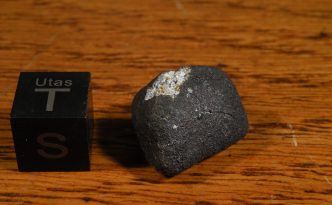
After hearing reports of a fireball in Morocco in late October of 2012, I kept an eye out for stones, but saw …
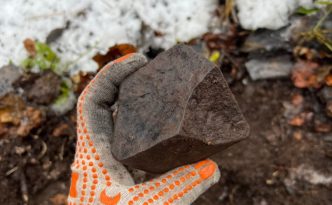
Not much contemporary information was published about this historic Russian fall. From Meteor News – News from the Soviet Union Concerning Meteoric …
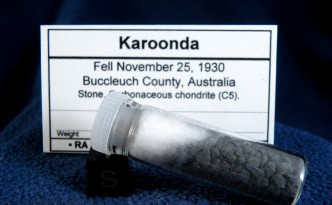
Karoonda is the type specimen of the CK-meteorite class, meaning that it is the first CK chondrite to be known or recognized. …
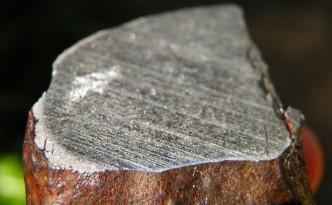
This hexahedrite isn’t too unusual, but it is pretty. And it’s fairly fresh; it has a partial heat-altered zone, contrary to the …
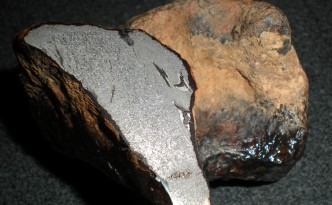
NWA 3204 is a pretty plessitic octahedrite with a fun shape; we initially thought that it might be a man-made artifact. Its …
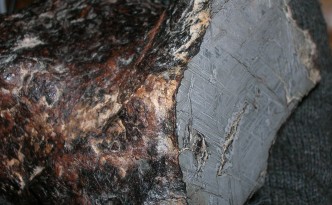
This iron turned out to be compositionally unusual, with a very high iridium content. The Meteoritical Bulletin says a bit more:
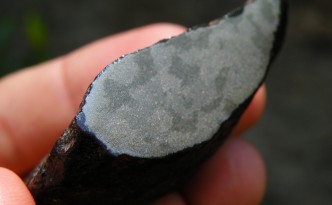
This 176 gram disk-shaped iron is chemically a little odd and is structurally unique. It has a great microscopic pattern, but there’s …
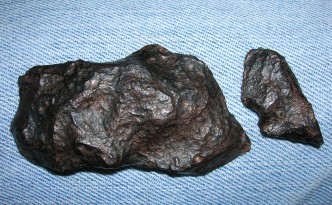
This iron is a highly shocked IIIAB — so shocked that its Thomson structure is almost completely erased. But, while preparing the …
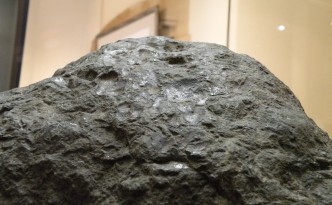
I really should have taken more photos with people and rocks. I found the camera more often when in the country – …
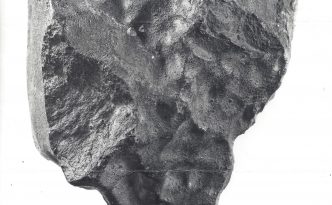
This stone was obtained by Ralph Velich in 1961, and he documented everything fastidiously from then onwards. He described how he obtained …
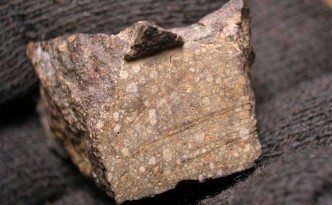
Kerman was purchased in 2009 from a German mineral dealer. The small cut stone came from an old mineral collection with a …
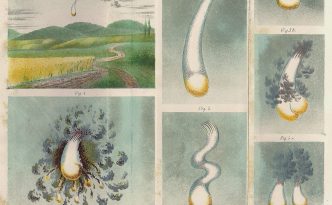
Knyahinya is a historic fall from Hungary. It was one of the largest meteorite falls to have been observed at the time …
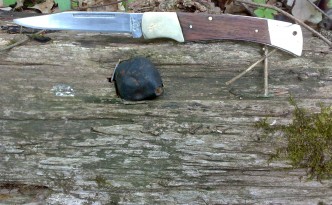
Košice was a relatively large fall in Slovakia in 2010. Here’s the Meteoritical Bulletin write-up: A video of the fireball, recorded from …
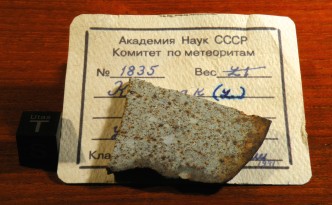
Kunashak fell as a massive shower of stones: at least 20 fell, with a total weight of over 200 kilograms! The largest …
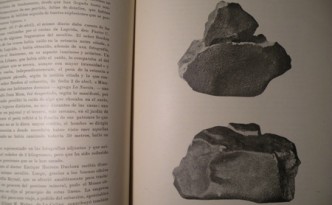
La Colina fell at 11:30 pm local time on March 19, 1924, in the Buenos Aires Province of Argentina. Following a bright …
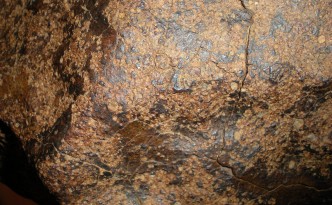
I don’t have much more information on this one than is in the Meteoritical Bulletin: 3,518 gram main mass. Photos will be …
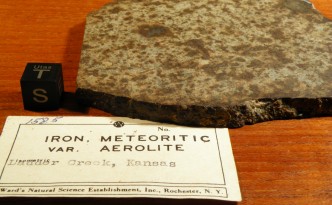
35 kilograms of fragments were recovered from a field by a farmer named Edgar Linn in 1937. Nininger recovered them: The Ladder …
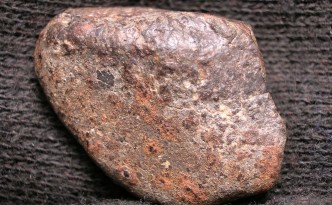
This small, complete stone was found in an empty lot along the Las Vegas strip by a metal detectorist. The finder mailed …
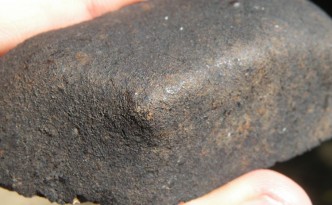
The Leedey meteorite fell in Oklahoma on November 35, 1943. Following a large fireball, 24 stones were recovered, with a total known …
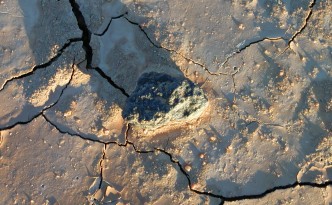
From the Meteoritical Bulletin: This 5.6 gram fragment from the find is the largest one we’ve found. Many thanks to Robert Matson …
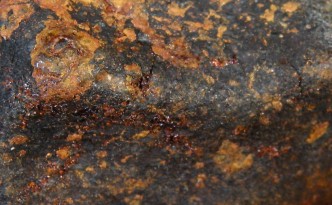
This specimen was one of three meteorites found on MacKay Glacier (Victoria Land, Antarctica) by the crew of an environmental organization in …
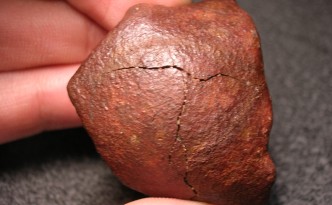
The finder of this stone posted it on eBay as a meteorite in early 2011, with a single blurry photo and no …
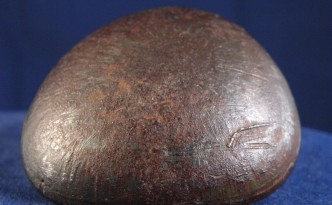
This 203 gram iron meteorite is one of the freshest and most beautiful to come out of Northwest Africa. It is unclassified …
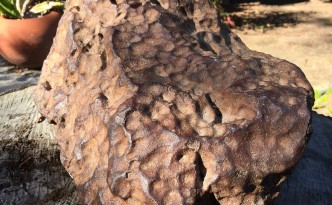
This 30.4 kilogram stone came from just South of the border, near the town of Matamoros, Mexico. The owner posted some photos …
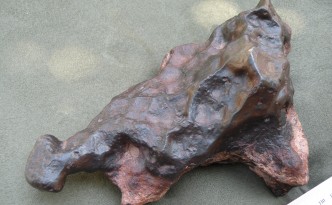
This is an odd one, with 3-dimensional graphite sprays. The Meteoritical Bulletin writeup: Paired irons include NWA 7795, NWA 8155, NWA 8539, …
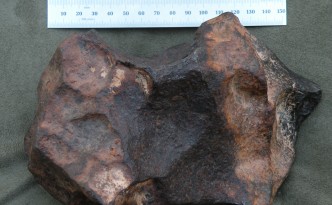
This is a pretty one that escaped being diced by a dealer; it’s fairly fresh, oriented, and has a fine pattern. The …
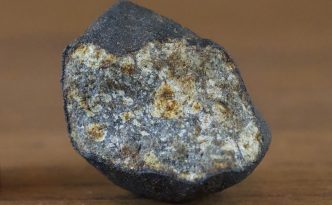
Mifflin was a fairly small American fall with only a few dozen stones recovered, and a total known weight of 3-4 kilograms, …
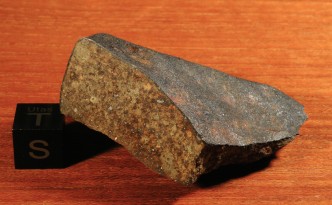
This fall took place in Zambia on October 5, 1950, at ~4:20 am local time. Sonic effects were heard over an area …
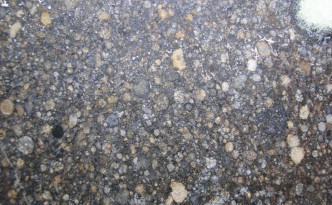
This enigmatic meteorite has been plaguing researchers for years. Moorabie and a number of other H/L3-4 anomalous chondrites exhibit characteristics of both …
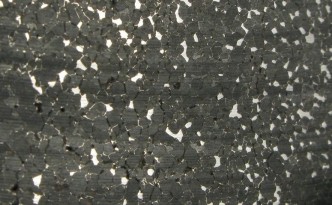
This meteorite is largely comprised of enstatite, and it is presumed to be a partial melt derived from an E or EH-chondrite …
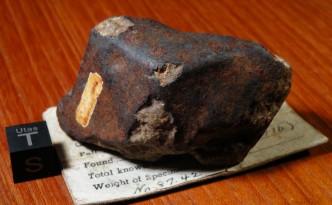
Ness County is a fairly old, but well-distributed meteorite, originally discovered in 1897. Many institutions possess specimens, but few have been traded …
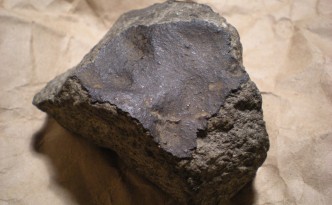
There’s not much in the Meteoritical Bulletin on New Concord. I was able to track down a PDF of Farrington’s 1915 book, …
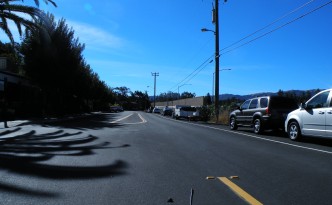
On October 17, 2012 at approximately 7:44 pm PST, a large fireball entered Earth’s atmosphere over the Pacific Ocean. It was traveling …
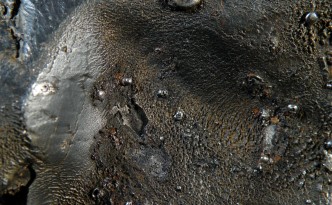
This 1,026 gram iron meteorite came from Said Haddany at the Tucson Gem and Mineral Show in 2010. It appears to be …
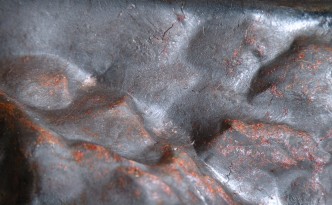
This iron appears to be a medium octahedrite, from the pattern visible through stress fractures in the fusion crust. It came from …
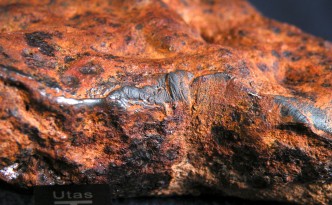
This ~1 kilogram heat shield has some unusual features.
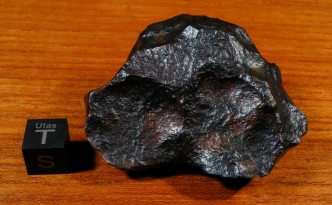
This is an oriented heat-shield with a few rhabdites visible on its surface (see last photo, center). So, it’s a IIAB, hexahedrite. …
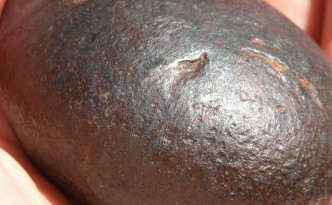
This 267.5 gram heat-shield came from Aras Jonikas. When I first saw photos, it looked so smooth and round that I thought …
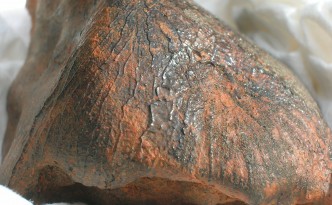
Millbillillie is an odd one; it was apparently witnessed to fall in October 1960, but no one bothered to track down the …
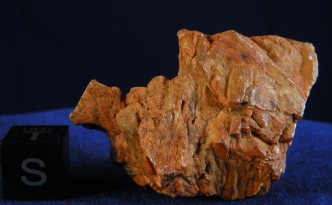
The Meteoritical Bulletin entry for Mount Egerton is a bit sparse. Here is a book describing the meteorite and its discovery. (5MB) …
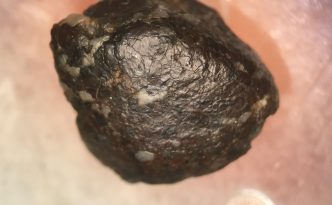
From Jason: I found this ~1 gram stone in December of 2015 in Nevada and had it set aside with 3 – …
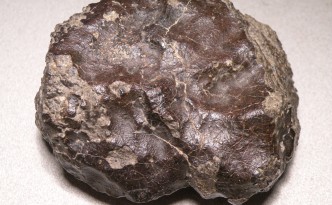
Technically, this stone is the remaining main mass of “NWA 2482,” but it belongs to a fairly substantial pairing group. This meteorite …
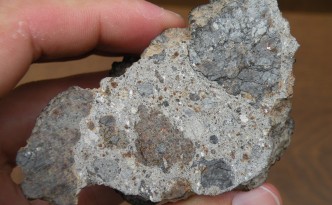
This odd meteorite is a mix of a few different things: the typical HED eucritic and diogenitic material make up most of …
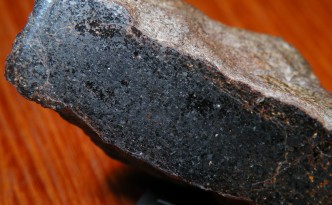
This meteorite is a primitive achondrite. It has been thoroughly recrystallized and no longer has any chondrules, but it did not melt …
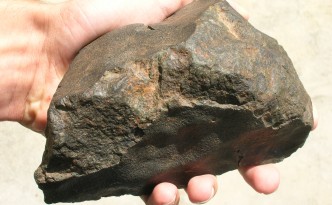
There’s not much in the Meteoritical Bulletin other than the basic information: R3.8, S3, W2, total known weight: 722 grams. Of note: …
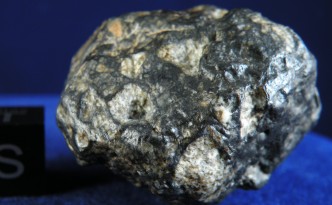
This is a stunning meteorite. It is comprised of a mess of light eucritic clasts surrounded by rivers of vesicular black melt. …
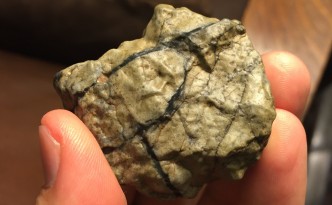
This stone is one of many pairings to NWA 5744 & others. It is a granulitic, troctolitic breccia: -a “troctolite” is a …
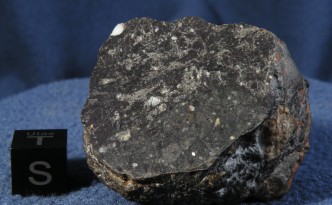
This wonderful meteorite is comprised of mostly vitrified 4.3 billion year old Lunar highlands regolith. This meteorite started out as mostly white/light …
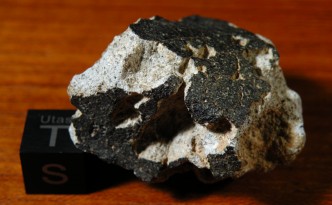
This stone came already-cut from a dealer. It weighs 44.6 grams and is a brecciated eucrite. Of note — some clasts were …
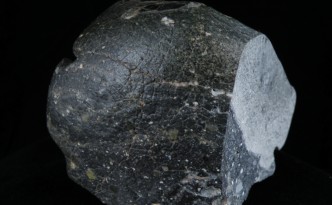
The fusion-crusted and oriented ~385 gram main mass of Northwest Africa 7022 displays the meteorite’s two lithologies beautifully. The meteorite is a …
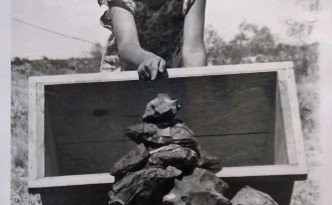
64,000 years ago, a massive piece of nickel-iron entered the atmosphere over what is now Northwest Texas. It was a bad day …
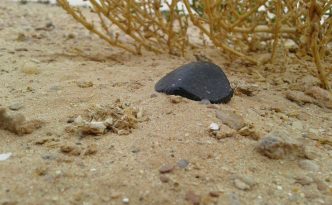
This is a unique meteorite for a number of reasons. In a nutshell: 1) At ~4.4 billion years old, it is either …
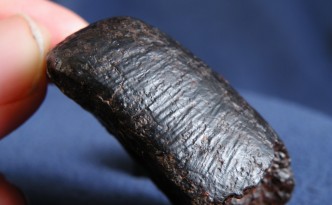
This stone is a pretty one, destined to remain provisional and unclassified. Fortunately, the fusion crust and thinly crusted break reveal the …
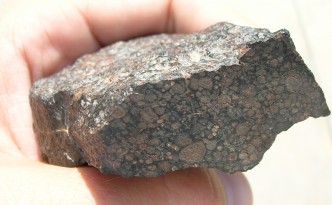
This is a beautiful meteorite we obtained from Dean Bessey back in 2002. Dean sold a cut stone to us (100.38 grams …
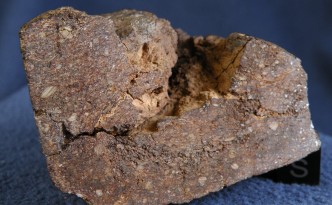
This meteorite was initially classified as an aubrite, but Udry et al. took a closer look at this stone and a few …
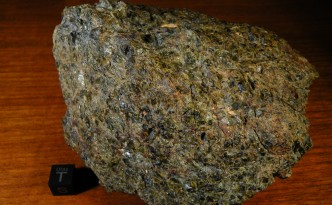
This meteorite isn’t even approved yet, but it’s a stunning diogenite comprised mostly of translucent, crystalline orthopyroxene. I don’t know of any …
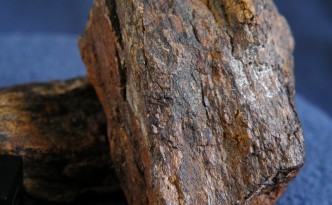
This stone is a single large enstatite crystal from an aubrite-like achondrite. It weighs 77 grams, and is comprised of two fitting …
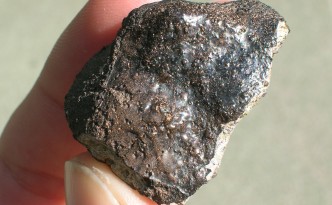
22 gram fresh HED with gemmy green pyroxene crystals. Stones like this aren’t too special today, but, back in the late 1990s …
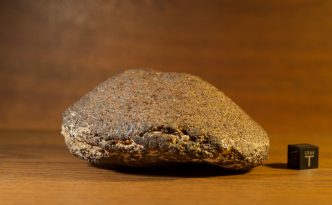
This beautiful, slightly fluted heat shield is probably a ureilite. 505 grams. Thanks to Mohammed Ismaily.
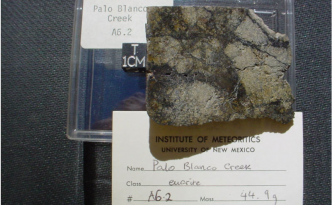
There is nearly no information on Palo Blanco Creek in the Meteoritical Bulletin. The stone was found in 1954 and weighed 1,482 …
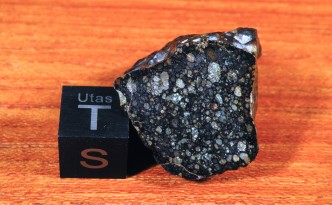
This cute stone came from Rob Elliott some years ago. From his photos, it was easy to tell that the stone was …
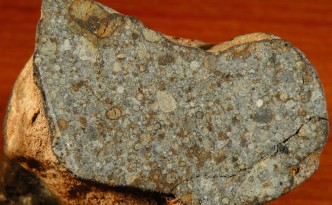
290.5 gram windowed stone, main mass.
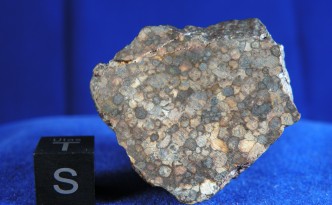
Here’s a cool stone. It has huge chondrules and practically no matrix. Some recent papers have described similar meteorites as “chondrule conglomerates.” …
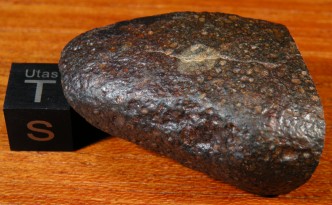
I don’t have much to add to the write-up; this stone was purchased already-cut from a dealer. When it is polished, many …
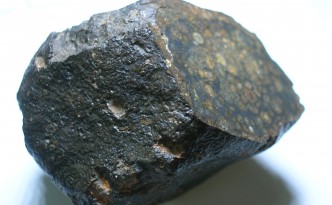
This stone was classified as a CK4, S2, Wi 4 (Wi stands for the new weathering index determined for CK chondrites by …
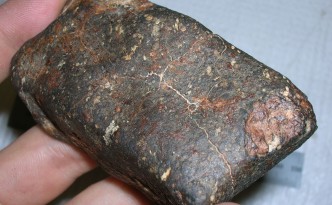
Here’s a pretty one — nice chondrules. The end pictured was used for the type specimen. Link to Meteoritical Bulletin:
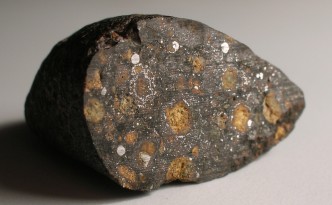
While perusing eBay one day, an armored chondrule poking through the fusion crust of an unclassified stone caught my eye. The 5.1 …
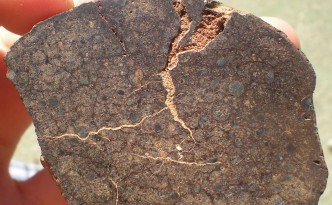
NWA 6508 was purchased as an unclassified NWA meteorite on eBay in September of 2009. The seller had cut it in half, …
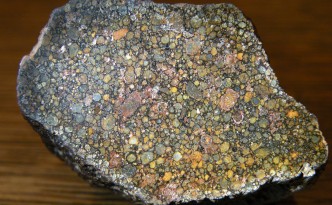
Here’s a pretty stone from Northwest Africa.
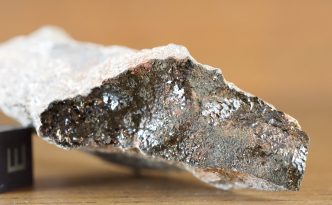
Serra Pelada is a fairly typical, but pretty, brecciated Eucrite. Bulletin write-up: Many thanks to Ricardo Gazillo Neto, for making this 65.3 …
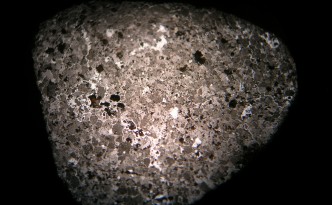
Our first “meteorite hunt” was in Gold Basin in 1999, but we went on our first cold hunts a year or so …
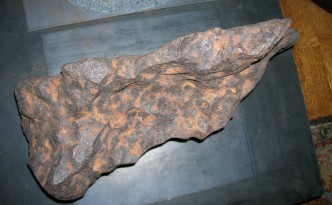
I don’t have much to add to the Meteoritical Bulletin write-up for this unusual iron. Here’s an image of the 21 kilogram …
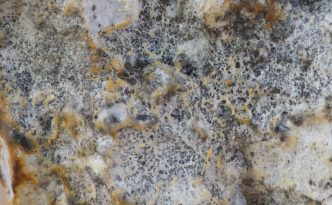
As of 2023, Tiglit is one of 11 witnessed aubrite falls, and it’s ~the only one collectors can obtain fusion-crusted individuals of. …
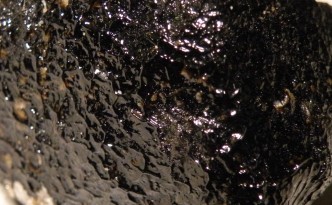
This spectacular eucrite fell on July 9, 2014. I don’t have much to add to the Bulletin write-up: Here’s a beautiful 42 …
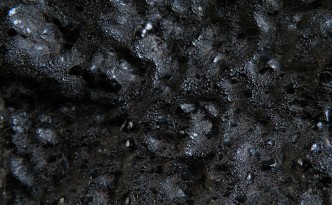
On July 18, 2011, a fireball was witnessed near a town called Tata, in Morocco. Sonic effects were heard by the sparse …
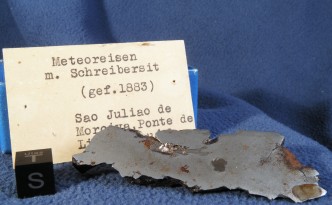
This rare Portuguese iron was discovered in 1883, and was thoroughly distributed, with much of the material being lost. In the Handbook …
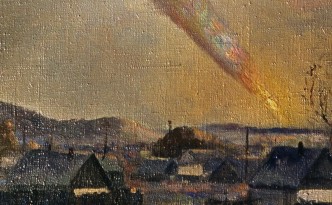
The single largest meteorite fall in modern history occurred on February 12th, 1947, at ~10:38 am local time. In Primorsky Krai, a …
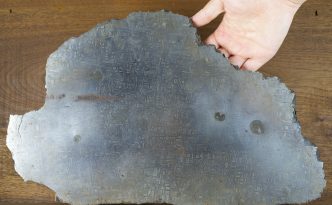
Tamarugal was discovered in Chile in 1903. It is one of a handful of ‘ancient’ meteorites, with a terrestrial age of approximately …
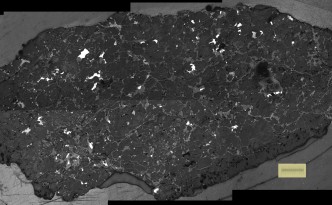
This stone was found on our return trip from Texas, with Camp Wood in the trunk of the car. We stopped to …
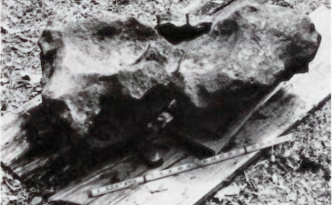
The Tishomingo meteorite is a Ni-rich ataxite that displays a unique, almost microscopic structure. When found, it consisted of a massive 260 …
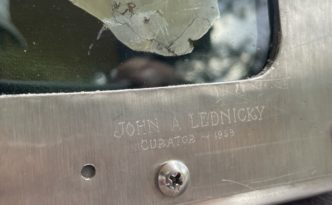
If you collect meteorites, you’ve probably seen pieces of Bondoc around. There’s a pretty good chance you own one. And you might …
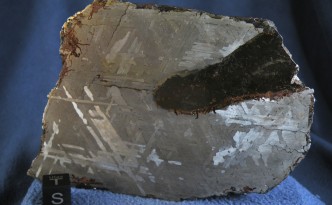
A comprehensive description of the history and discovery of Toluca can be found in Farrington’s 1915 Catalog of North American Meteorites. It …
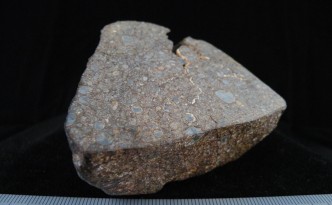
EL3’s are extraordinarily rare. This stone is one of the four approved non-Antarctic EL3’s, as of 2020. Here’s the main mass of …
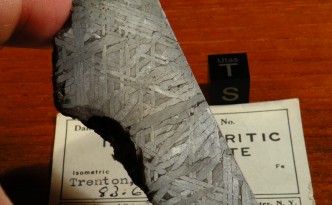
Trenton is a historic American iron first discovered in the 1850s in Wisconsin. Masses of Trenton were initially known simply as the …
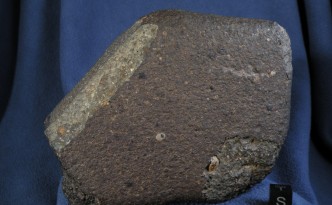
This brick of a meteorite is a specimen that we bring to every outreach event. Chondrules, big CAIs, it’s perfect. And it’s …
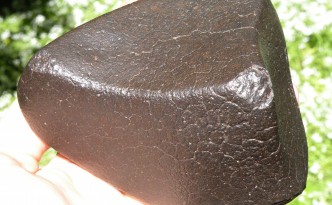
This ~850 gram carbonaceous chondrite is something of an enigma. The original classification was “CO3,” with a description that described it as …
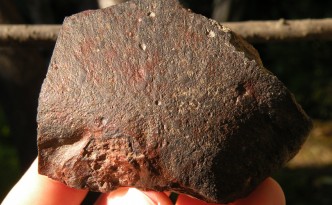
This oriented stone has nice flow lines and what appears to be a huge type B CAI in the cut face, which …
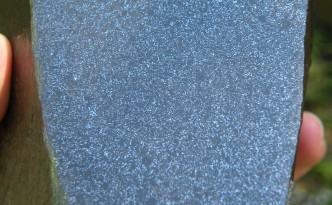
Initial work suggested this stone was an H7. It was later shown to be an H6. The main mass weighs a little …
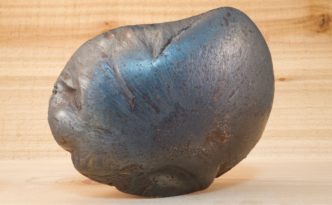
Meteoritical Bulletin entry for Uasara. Sierra Gorda and Negrillos are both described as being heavily weathered in Vagn F. Buchwald’s Handbook of …
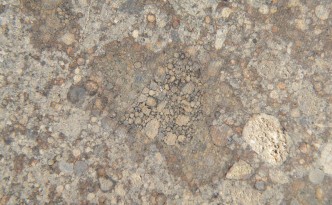
This stunning 8.2 kilogram polymict breccia was recovered as a broken individual. We don’t usually cut stones much, but this stone began …
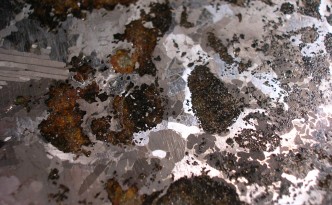
This iron is a witnessed fall from 1927, and it’s an odd meteorite chock full of interesting inclusions. This particular specimen exhibits …
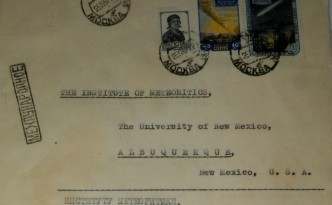
In addition to books, Lincoln La Paz saved many of his associated letters and envelopes. Many of them have cool stamps and …
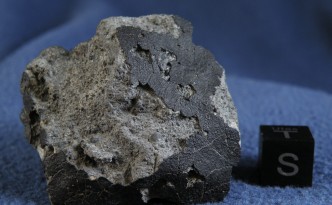
This 45 gram stone is one of the freshest rumuruti chondrites found. Glimmering sulfides can be seen on all surfaces. Mottled matrix …

This carbonaceous chondrite came from a Moroccan meteorite dealer several years ago. We finally got around to requesting a provisional number in …
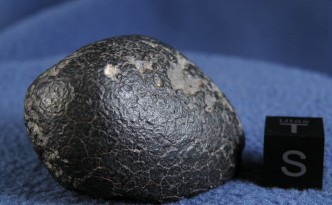
This 45 gram oriented CK chondrite was purchased in 2011 from a Moroccan meteorite dealer.
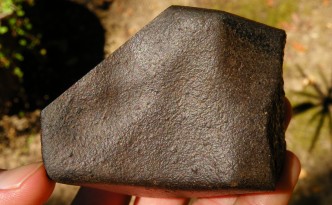
This complete stone has a wonderful shape and is quite fresh. More data when it comes…
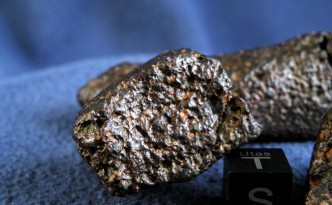
This is a very cool meteorite originally sold to us as a pairing with NWA 801, a CR2. Two of the stones …
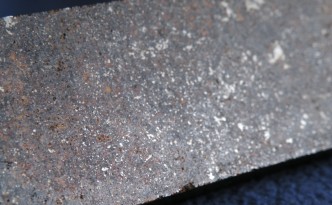
Zaklodzie appears to be a completely recrystallized enstatite chondrite. The resulting texture is unlike most other meteorites, including primitive achondrites. Images from …
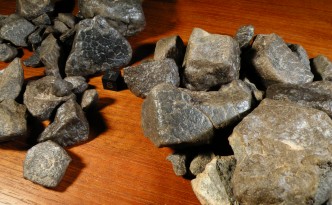
This stone is one of the most pristine chondrites known. All carbonaceous and ordinary chondrites have experienced some thermal and aqueous alteration. …
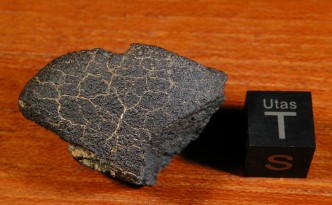
We had just missed out on another specimen from this find; I messaged the seller as soon as I saw his photo …

After a first round of analyses on the microprobe at UCLA, this stone left us with more questions than answers. It is …
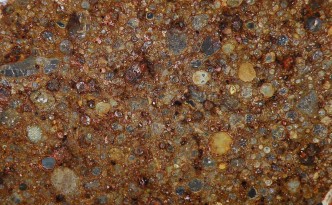
This stone’s total known weight is 209.6 grams and it has been classified as an LL3 S1 W4. This is the ~180 …
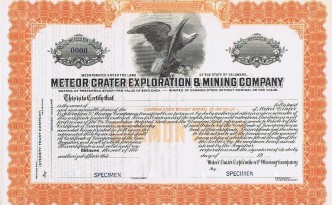
“Specimen” stock certificates are created and retained for a few reasons; prior to the approval of a design or layout, ‘specimens’ are …
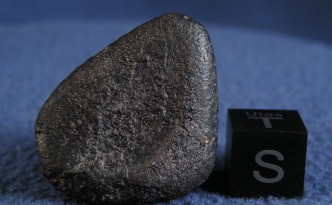
This cute 12 gram stone is an unclassified carbonaceous chondrite that resembles CM’s most closely. However, it is very solid and moderately …
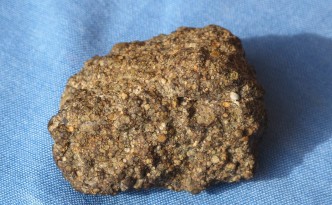
This meteorite is a fun one; I’m adding it because we’ve been dragging our feet about cutting it, and it’s pretty enough …
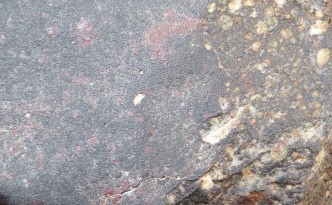
This stone is currently being analyzed. It’s definitely a fresh unequilibrated chondrite of some sort. Guesses have ranged from CR2 to LL3; …
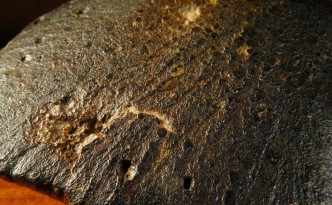
Northwest Africa has afforded collectors a rare opportunity to own specimens they otherwise would never be able to obtain. A fresh, complete, …
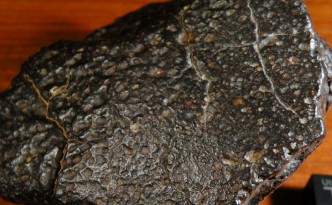
This beautiful stone with weathered fluting and flow lines was purchased in Erfoud from Mohamed Benzaki. 473.53 + 242.43 gram fitting fragments.

This fresh carbonaceous chondrite was purchased at Tucson, 2014. 493.9 grams
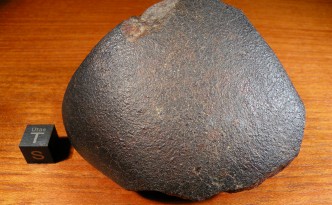
This fresh carbonaceous chondrite was purchased at Tucson, 2014. 349.0 grams.
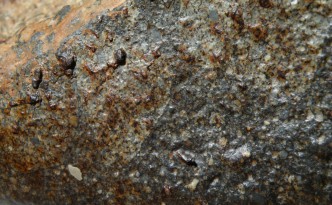
This ~10.5 kilogram monolith is an L3-5 breccia/impact melt. The stone grades from ~moderately shocked to completely shock-melted (left end, first image), …
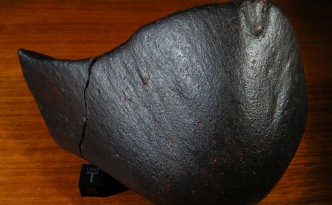
This ordinary chondrite has one of the nicer shapes I’ve seen; it’s concave, and flares to a point. It also has an …
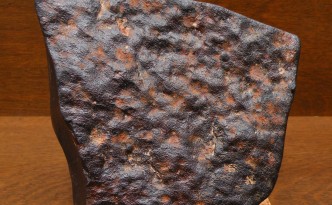
This stone was one of the nicer ones we saw on our 2011 trip to Morocco. It’s flight-marked with flow-lines and lipping; …
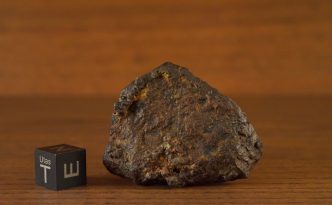
At the 2019 Tucson Gem and Mineral Show, Moussa Minerals seemed to be everywhere: they had multiple tents set up at Kino Park, …
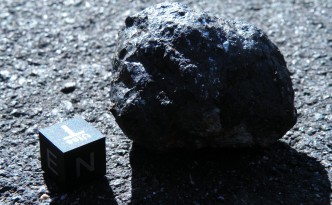
For the story behind the stones, click here.
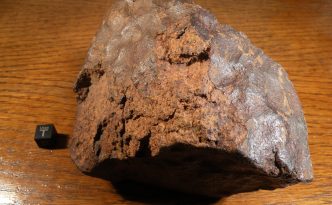
This stone was found on Christmas day in 2004, by a metal-detectorist in Arizona. It is classified as an H5 S1 W3. …
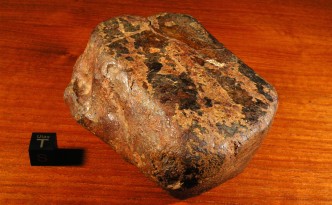
When two stones were found near Olton, Texas in 1948, they were initially thought to be paired with each other — and …
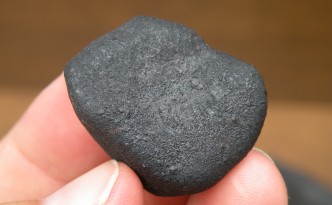
Amgala was a small fall that occurred in a remote part of Western Sahara; the meteorite itself is a pretty breccia of …
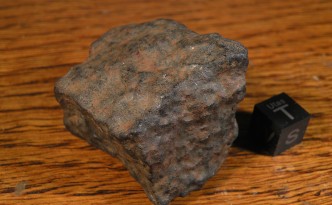
Oscar Turone visited the location and documented this 1988 fall — per the Meteoritical Bulletin: This 1995 Meteoryt! Magazine article describes the …
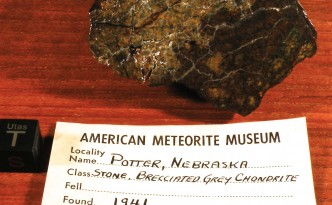
This rock isn’t particularly noteworthy; Potter is a common type, has a large total known weight, and it is well-distributed. It is …
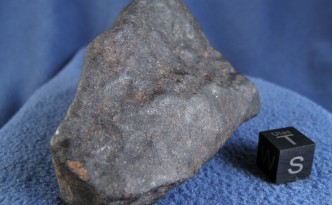
The Meteoritical Bulletin has scant information on the fall, but I was able to track down the following paper: Studies of Brazilian …
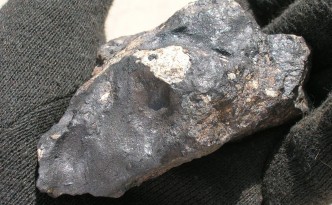
At approximately 11:50 PM local time on March 26, 2003, the Chicago suburb of Park Forest was pelted with rocks from space. …
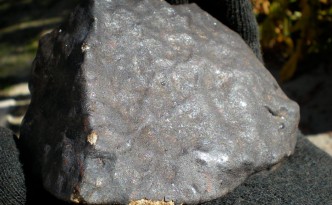
Patrimonio fell on August 6, 1950, in Brazil. Per Grady’s Catalogue of Meteorites, approximately 20 stones were recovered, the largest of which …
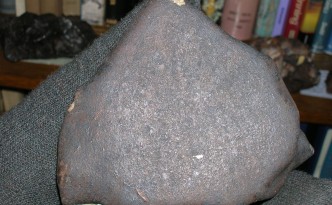
Pervomaisky fell on 26 December, 1933, in the USSR. A total of 97 stones weighing a total of approximately 49 kg were …
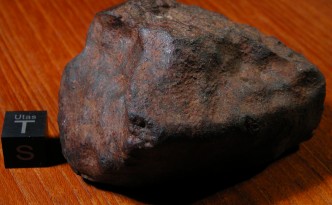
Plainview is one of the larger American meteorites ever found, by weight. At least a tonne of individuals and fragments have been …
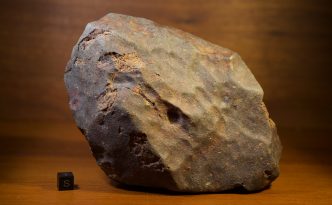
The story of Quitovac is very similar to those of many other chondrites from the Southwest. Metal-detecting prospectors near the gold mines …
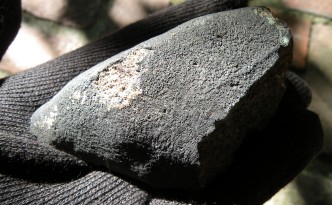
Richardton fell in North Dakota at 21:48 on 19 June, 1918. The bolide was seen up to 400 miles away, and sonic …
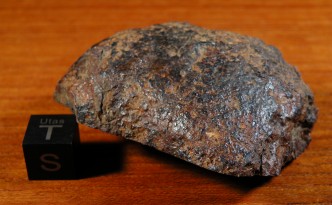
Roosevelt County, New Mexico, is home to many deflation surfaces like this one, near Arch Lake: Many meteorite hunters have successfully hunted …
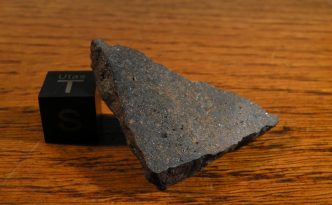
This is another historic and fairly rare African meteorite from the collection of Gilbert Gauthier. Here is an excerpt from A Cape …
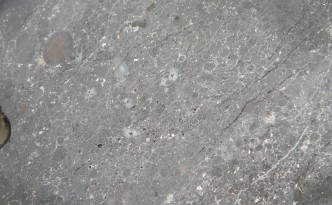
This Brazilian find was supposedly related to a fireball seen in the region only six years earlier, but the extensive chemical and …
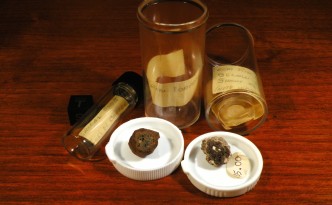
These three specimens came from an older mineral collection — along with two specimens with “American Meteorite Museum” labels. We assume these …
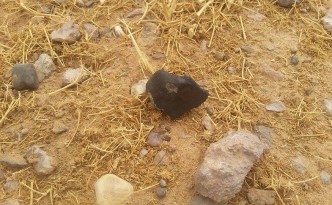
A bright bolide was seen over Eastern Morocco on July 28, 2015. Hunters set out and managed to find the first fresh …
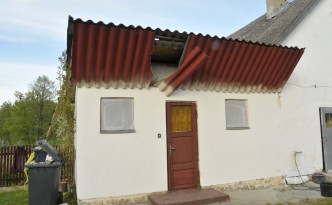
On April 30, 2011, just past 6am local time, a ~1 kilogram meteorite fell through the roof and eaves of a building …
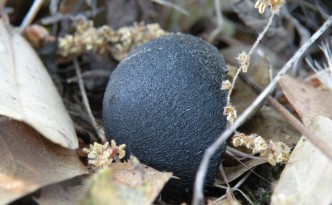
Sutter’s Mill was another one of those falls that happens at just the wrong time. We had radar data almost immediately, knew …
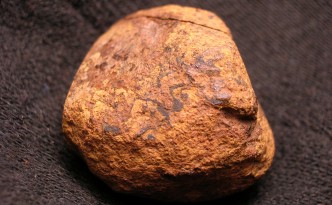
This small stone came from a long-time meteorite dealer. He purchased it along with a lot of Caddo County, but this piece …

Sulagiri is the largest witnessed fall to occur on the Indian subcontinent. Over 150 kilograms of stones were recovered following a large …
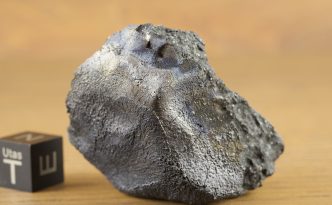
Tarda is a rare ungrouped carbonaceous chondrite. Aqueously altered meteorites are a popular research topic right now, and a great deal of …

The Meteoritical Bulletin write-up contains a fairly detailed account of the fall: Here are a few papers describing the fall: The Thuathe …
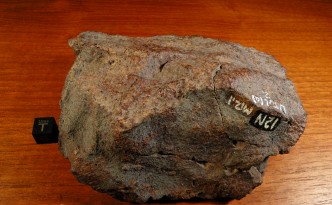
From Meteoritics Vol. 17, pp 229-230. Many different finds have been identified in the area, but Tulia (a) is an unusual unequilibrated …
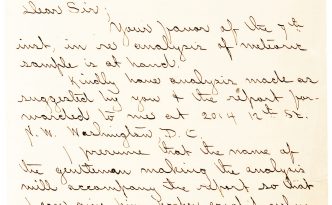
Original letter dated October 18, 1895, in which Peary asks Yale chemist Frank Austin Gooch (1852-1929) to analyze a sample of Cape …
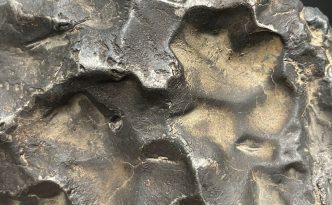
At 7:05 AM on November 24, 1959, lucky eyewitnesses in Azerbaijan were treated to a spectacular sight: a fireball brighter than the …
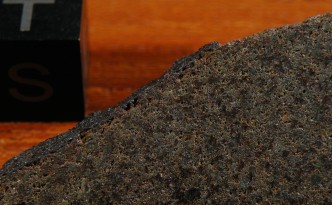
This meteorite has a wonderful history. A bright fireball was observed on the morning of March 25, 1865. The fall was witnessed …
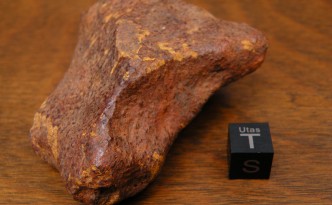
There’s precious little about this meteorite available online: a 1974 paper by Derek W. Sears states that the meteorite had a terrestrial …
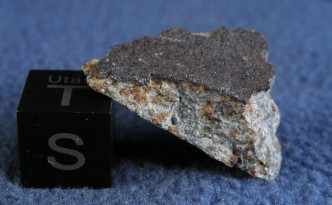
Weston was the first witnessed, recovered, American fall. There are some great anecdotes from the eyewitnesses and other important persons of the …
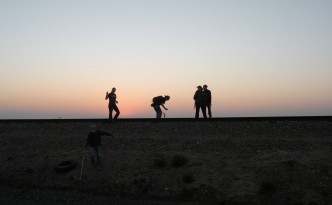
That’s right. Tranquillity, with two L’s. This small town in California’s Central Valley was ground zero for California’s newest fall. From Peter …
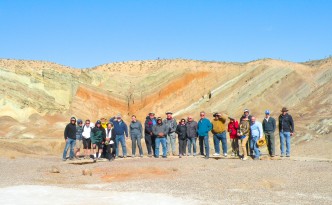
April 26 was a blustery day, but the ~25 UCLA faculty and alumni who made the trip braved the ~30+ mph winds …
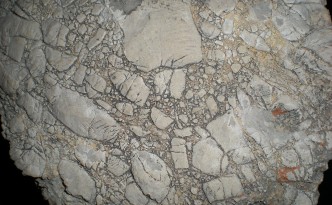
The Sierra Madera crater is a multi-ringed structure approximately 13 kilometers across. It is less than 100 million years old, and was …
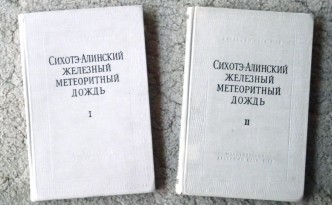
These extremely rare volumes contain a thorough account of the Sikhote-Alin meteorite fall and subsequent expeditions to the fall location. Published in …
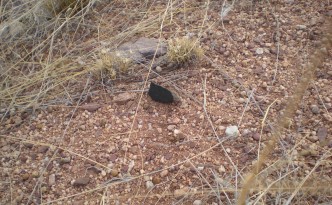
On the night of June 22, 2009, a small asteroid entered Earth’s atmosphere above Mexico, moving roughly NNE. It broke up over …